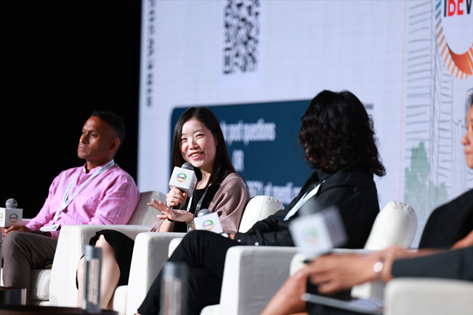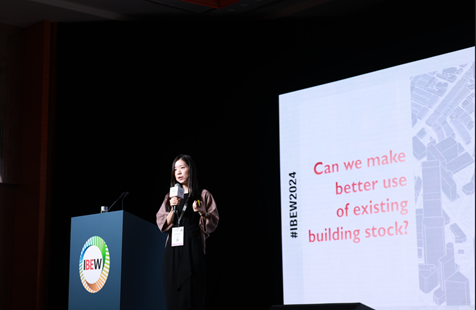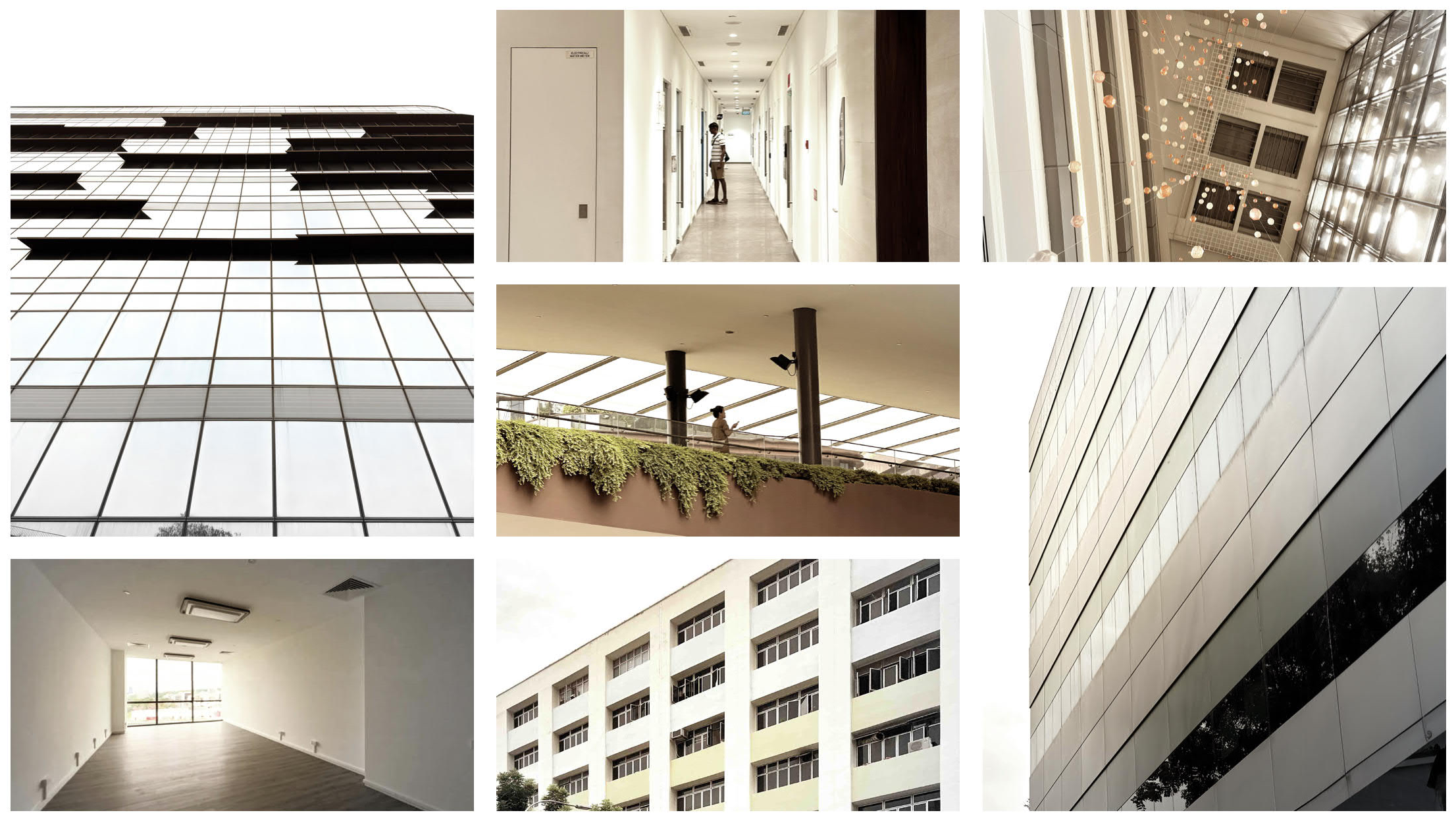IBEW 2024: “Adaptive Reuse, Is It Worth It?”

In the latest edition of the International Built Environment Week (IBEW) held this September, Ar Pauline Ang, Director of CPG Corporation’s Design and Research Office (DRO) spoke at a panel discussion titled ‘Adaptive Reuse: Is It Worth It?’, alongside an esteemed panel of industry experts. The session explored alternative perspectives on adaptive reuse, emphasising the social benefits and how it can strengthen a city's identity.
Singapore has done well in conserving heritage buildings, primarily based on their architectural or historical significance, and adapting them to new uses. However, adaptive reuse remains a challenging option for ordinary, non-heritage buildings. This is largely because the level of modification needed is often too extensive and expensive when compared to constructing a new building. This isn’t surprising, as most buildings are originally designed for a specific purpose, and future reuse or end-of-life alternatives are seldom considered during the initial planning stages.

Ar Pauline Ang (Director, Design and Research Office, CPG Corporation) speaking at the “Adaptive Reuse, Is It Worth It?” panel discussion [Photo credit: IBEW]
During the session, Ar Pauline Ang presented CPG’s research on adaptive reuse over the past 2 years, including the ‘Adaptive Reuse Framework for Office to Residential and Hotel Conversions’ and ‘Designing for Future Adaptations’. While the Adaptive Reuse Framework focused on existing office buildings, ‘Designing for Future Adaptions’ postulates a building type that is versatile enough to accommodate standard offices and residential units, as well as hybrid live-work units, to cater to changing trends and needs over time. This approach would offer a more sustainable form of redevelopment, extending the lifespan of a building while enriching its identify and history.

CPG’s Design and Research Office has over the past 2 years, researched on sustainable options to replace the demolish-and-rebuild approach
[Photo credit: IBEW]
“Given the fluid nature of live and work arrangements, buildings that are designed for the single purpose of living or working run the risk of becoming obsolete quickly. From this perspective, buildings that are designed to accommodate different ways of living and working offer more options and are more resilient and sustainable.”, says Ar Pauline Ang.
Designing for future adaptations is by no means a straightforward task, even when the changes in question are narrowly defined as the change in the relative proportion of office, residential and live-work spaces within a single building. The forms, spatial configurations and floor plate sizes of office and residential buildings are generally very different, primarily because office interiors are climate-controlled while residential spaces are naturally ventilated and therefore limited in size and depth.

Typical Linear Office Typologies
Despite these challenges, CPG DRO’s research has shown that opportunities for future adaptation exist. Office buildings with a linear configuration can be converted into standard residential units or hybrid live-work and work-live units, where living and working spaces coexist within the same building. Besides catering to contemporary live-work trends, this approach is more sustainable because it prolongs the relevance and lifespans of buildings, builds upon the character of existing neighbourhoods, and preserves a sense of community. At the urban level, the introduction of live-work components will inject life into otherwise mono-use office or industrial districts, creating thriving neighbourhoods that are vibrant from day to night.
Read ‘Designing for Future Adaptions’ to find out more about the emerging hybrid work-live typologies. You may also download the flipbook here.
This is the second of a series of design and research publications that explore various topics related to the built environment. If you would like to receive email notifications when DRO publications are launched, please join our mailing list here.
Get in touch:
Design & Research Office (DRO),
CPG Corporation
DRO@cpgcorp.com.sg



